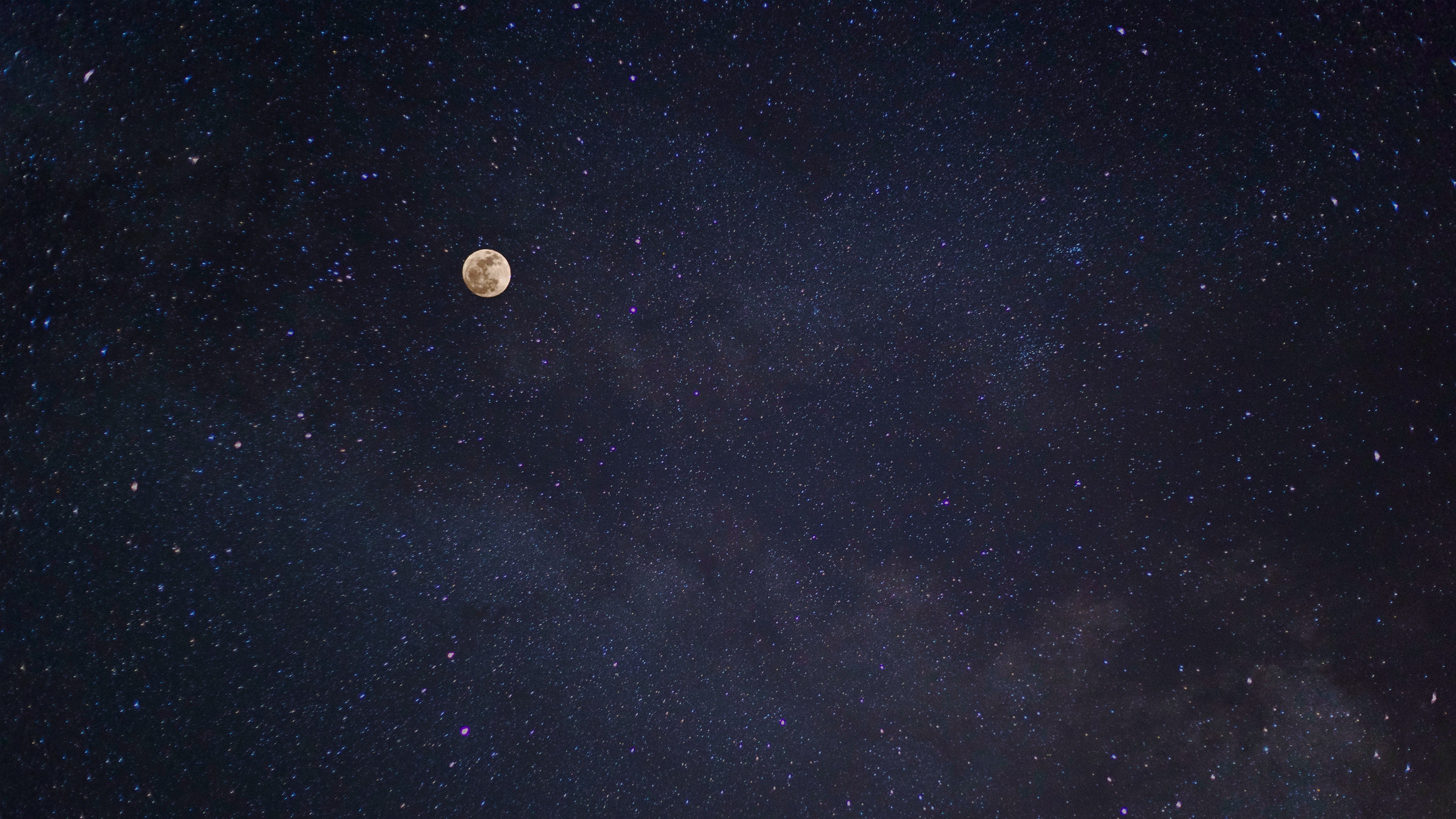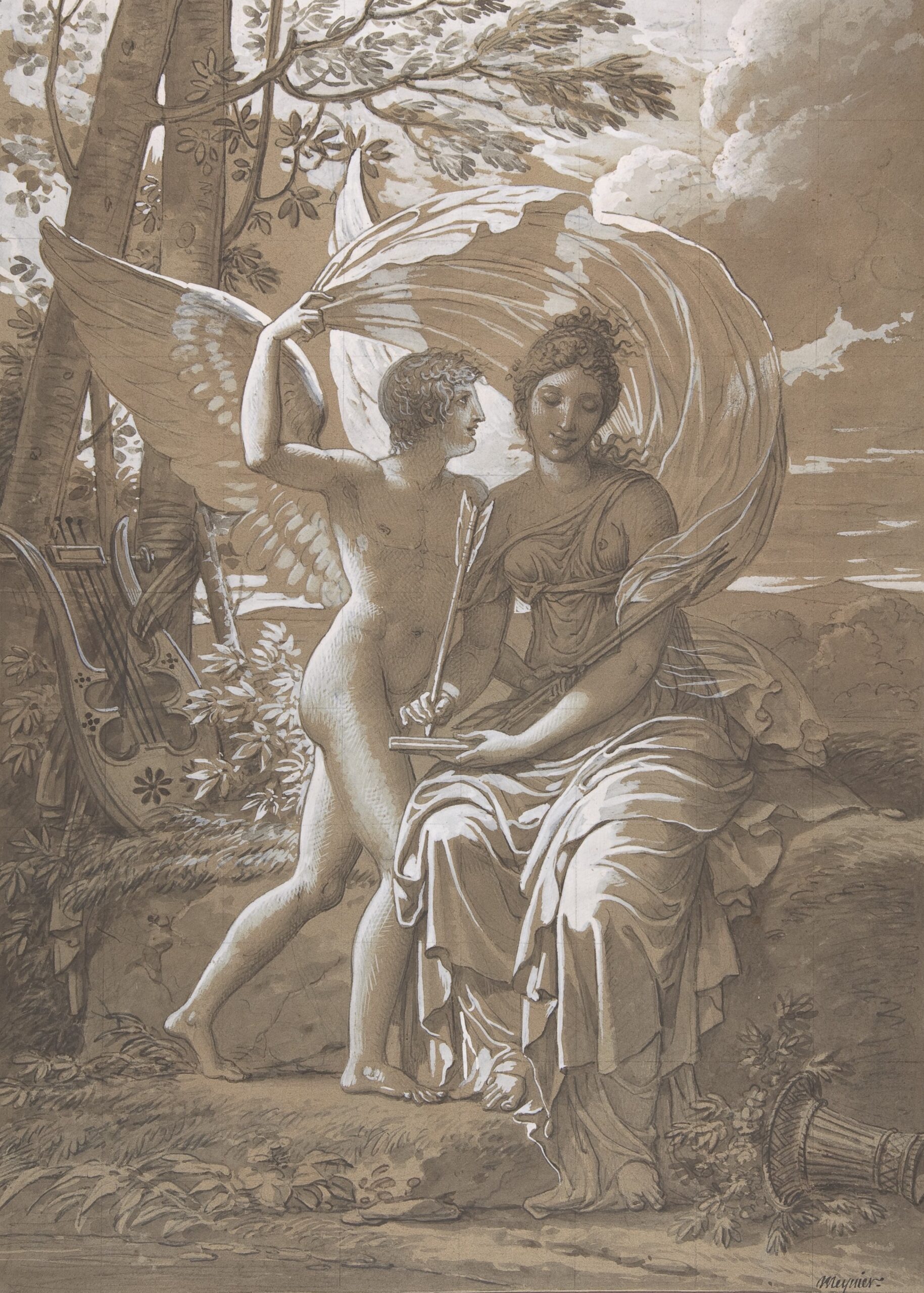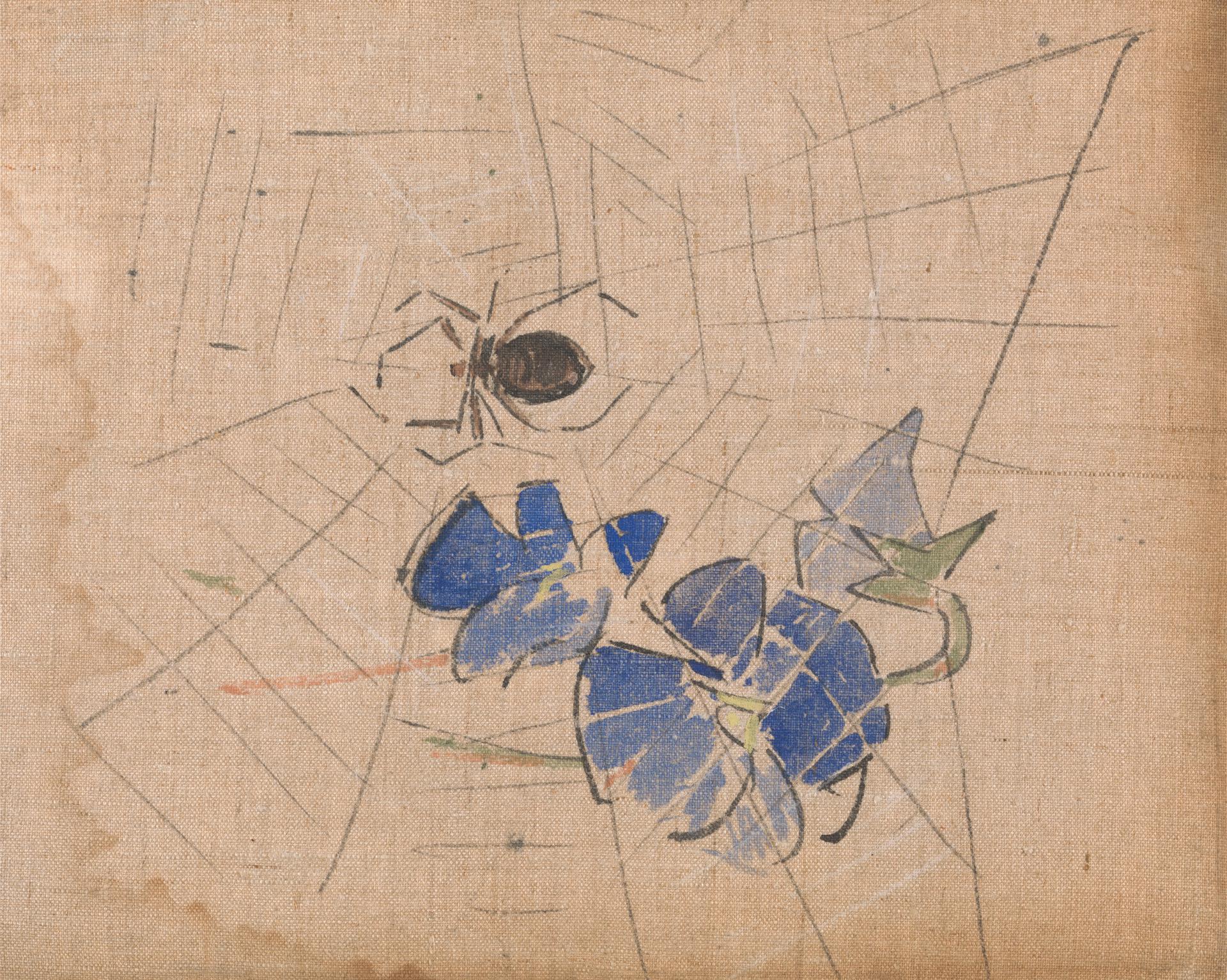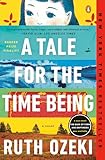 Martha Graham once said, “No artist is pleased. There is no satisfaction whatever at any time.” As extreme as it sounds, it’s often true; being pleased with one’s work can lead to complacency. In her latest novel, A Tale for The Time Being, Ruth Ozeki writes about the Sixth Patriarch of Zen, who compared truth to the moon in the sky. “Words are like a finger. A finger can point to the moon’s location, but it is not the moon.” Ah, how many times have I tried, and failed, and tried again, and failed again, to render the world into words! That pesky, beautiful moon!
Martha Graham once said, “No artist is pleased. There is no satisfaction whatever at any time.” As extreme as it sounds, it’s often true; being pleased with one’s work can lead to complacency. In her latest novel, A Tale for The Time Being, Ruth Ozeki writes about the Sixth Patriarch of Zen, who compared truth to the moon in the sky. “Words are like a finger. A finger can point to the moon’s location, but it is not the moon.” Ah, how many times have I tried, and failed, and tried again, and failed again, to render the world into words! That pesky, beautiful moon!
As much as I wring my hands about writing, I also can’t deny the small satisfactions it offers me. Be it a turn of phrase, an image, a moment between characters — these are tiny but distinct pleasures that I can revisit anytime I flip through my work. It’s miraculous that these little darlings didn’t get killed in the rewriting process. My work never lives up to the dream I have of it in my head and that’s the way it should be; Martha Graham calls this “a queer divine dissatisfaction, a blessed unrest that keeps us marching and makes us more alive than the others.” It’s the tension between this “queer divine dissatisfaction” and the fulfillment of writing something that pleases me, however minor, that makes me want to write at all. The flaws of my novel, California, are in conversation with its strengths.
 And no strengths are too small! For example, I’m especially proud of my description of coconut cake: “She’d never much cared for the taste, but she loved how it looked: as if a cake had grown fur.” I also love the fact that a T-shirt bearing the words OFFICIAL PUSSY INSPECTOR made its way into a dystopian novel — because it makes me laugh, and because it’s a phrase from the poem “Valentine” by my friend Kiki Petrosino.
And no strengths are too small! For example, I’m especially proud of my description of coconut cake: “She’d never much cared for the taste, but she loved how it looked: as if a cake had grown fur.” I also love the fact that a T-shirt bearing the words OFFICIAL PUSSY INSPECTOR made its way into a dystopian novel — because it makes me laugh, and because it’s a phrase from the poem “Valentine” by my friend Kiki Petrosino.
I decided to ask some writers I admire to share one or two little delights from their latest or forthcoming books. Their answers made me all the more keen to read their work. Darlings, indeed.
 Cristina Henriquez, The Book of Unknown Americans:
Cristina Henriquez, The Book of Unknown Americans:
Here are a handful of turns-of-phrase and full lines for which I feel unaccountable affection:
“…a traffic jam of silence…”
“Sleep was like wealth, elusive and for other people.”
About blame: “You could trace it back infinitely. All these different veins, but who knew which one lead to the heart?”
“Maybe it’s the instinct of every immigrant, born of necessity or longing: Someplace else will be better than here.”
 Megan Abbott, The Fever:
Megan Abbott, The Fever:
For me, it was two things that found their way into my novel:
1) The mysterious weather of upstate New York, where I lived for a year, including lake effect snow and other meteorological oddities that struck me as more akin to Emily Bronte or Poe than to any experience I’d ever had in “real life.”
2) The inclusion of Rumple Minze, a favorite late-night drink first recommended to me by my friend, the writer Jack Pendarvis. The weird thing is he only suggested it after I’d finished The Fever, which gives the novel (or, more likely, Jack) a certain premonitional quality. I even got to include the fact that if you put Rumple Minze in a White Russian, it’s no longer a White Russian. It’s a Cocaine Lady.
 Justin Taylor, Flings:
Justin Taylor, Flings:
There’s a story called “A Talking Cure” in my forthcoming story collection about a pair of engaged academics, and I had a great time making up their respective Ph.D. projects. The male protagonist, Zachary, is working on a dissertation about “ideations of Confederate masculinity in late 20th-century Southern fiction,” which gave me an excuse to pay tribute to a couple of writers I admire — Padgett Powell and Barry Hannah — while also having a little fun with them. (Powell’s novel Mrs. Hollingsworth’s Men is bracingly clear about its disdain for precisely the kind of academic work that Zachary does, and it’s hard to imagine Hannah getting past the word “ideations” without reaching for a drink, and maybe a handgun.) But the true depths of self-reference are plumbed not by Zachary but by his fiancé, Lacey Anne, whose work “concerns the appropriation of mythological and folk motifs for use in massive multiplayer online role-playing games.” This is a real thesis idea — quoted verbatim — that I had when I was an undergraduate and tempted to pursue academic theory instead of creative writing. Figuring out that I had exactly nothing to say about this topic beyond the single sentence fragment quoted above was a crucial step in my coming to terms with the fact that I was not cut out to be an academic. But where did such an ill-starred idea for a thesis come from in the first place? Some readers will doubtless pick up on the fact that the particular MMORPG Lacey Anne studies/plays bears more than a passing resemblance to the original Everquest, which I played in sickly earnest around the end of high school and the beginning of college — basically, from the time I decided I was “over” my hometown to the time I made friends where I’d moved. I had a gnome necromancer who worshipped the God of Pestilence and was eventually sold on eBay, at level 31 or 32 with decent-but-not-great gear, for $250. Turns out I wasn’t cut out to be a gamer or an academic, though of course the second revelation was several years in following the first. Still and all, what can I tell you? Madame Bovary, c’est moi.
Emily Gould, Friendship:
There’s a line about how one of the protagonists has a bank account that’s linked to her parents’ account and how it’s like a “bedraggled, half-rotten umbilical cord that snakes all the way up 1-95” that she refuses to cut. I don’t even know what I like about it so much. I guess I like that it’s disgusting.
 Cecil Castellucci, Tin Star:
Cecil Castellucci, Tin Star:
The most fun thing that I manage to fit in are Tuckerizations! In my older novels it was fun to name contemporary characters after long lost friends. Mostly it would be teachers and I’d use the last names of friends from middle school. But with Tin Star (and its upcoming sequel A Stone in the Sky) the best part was naming alien species, spaceships, and celestial objects after friends. Every time I see one in the book, or write one in the new one, I smile. Kind of like I’m hanging out with my friends. Watch out, Lepucki! You might become a planet!
 Emma Straub, The Vacationers:
Emma Straub, The Vacationers:
My favorite weird little thing in The Vacationers is a fake movie — in my first novel, Laura Lamont’s Life in Pictures, I had to make up lots and lots of fake movies, and I guess I just couldn’t break the habit. The movie in the new book is called Santa Claws, and it’s a Christmas-themed werewolf movie for which one of the characters is the accountant. It was fun to think about things the production would have to spend money on — fake fur, fake snow, etc. It’s really hard to get over making up fake movies. I don’t think I’m done yet.
 Celeste Ng, Everything I Never Told You:
Celeste Ng, Everything I Never Told You:
Marilyn, the mother in Everything I Never Told You, grew up longing to become a doctor, but — as many women did in the 1950s — gave up those dreams when she married and had children. Midway through the book, haunted by disappointment, she visits a hospital and makes a decision that will upend her life and devastate her family. In the scene, she watches with a mix of envy and resignation as the doctors make their rounds: “They were all men, Marilyn noticed: Dr. Kenger, Dr. Gordon, Dr. McLenahan, Dr. Stone. What made her think she could be one of them? It seemed as impossible as turning into a tiger.” All of those characters are actually named after friends who are women doctors. It makes me quietly happy to read my little private joke and think not only of my friends — now accomplished physicians — but also of how much more is possible for women today than in Marilyn’s time.
 Brittani Sonnenberg, Home Leave:
Brittani Sonnenberg, Home Leave:
I like this line: “Even the brightest of Shanghai’s blue fall days had been compromised by a thin line of haze, like the giveaway bloodshot eyes of an alcoholic.” Having spent three years in Shanghai, as a kid and then later, after college, I always felt bullied by the pollution. It was so satisfying to come up with a description of the haze that emphasized the underlying sadness and helplessness of its presence, the way it could drag even the most gorgeous days down.
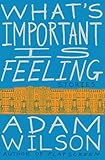 Adam Wilson, What’s Important Is Feeling:
Adam Wilson, What’s Important Is Feeling:
I was very satisfied to have snuck in a character wearing a handmade T-shirt that says Kill Me I Love Love, which was the un-ironic title of a wildly over-the-top piano crooner/jam band album — think Billy Joel on MDMA — self-produced by a guy I used to know.
Julia Fierro, Cutting Teeth:
The scene where character Rip talks his 4-year-old son Hank through a wicked bout of constipation in the beach house’s tiny airless bathroom was one of my favorites to write. And I was pretty darn proud of myself for finding a way to let breast-milk have a surprise appearance in the book’s sex scene.
 Leslie Jamison, The Empathy Exams:
Leslie Jamison, The Empathy Exams:
There’s a moment in one of the essays — a piece about a crazy ultramarathon in Tennessee — when I confess that I snuck away from the action for a little while to watch a few episodes of the Real World Las Vegas, sitting in my car at a campsite in the woods. I loved admitting this: that while all of these people were doing this impossibly challenging thing, I was watching Steven and Trishelle hook up. It was a way to admit my own fallibility as an observer and a narrator, and I was also glad to go on record saying I’d wanted Trishelle to hook up with Frank instead.
Image Credit: Pexels/Min An.
